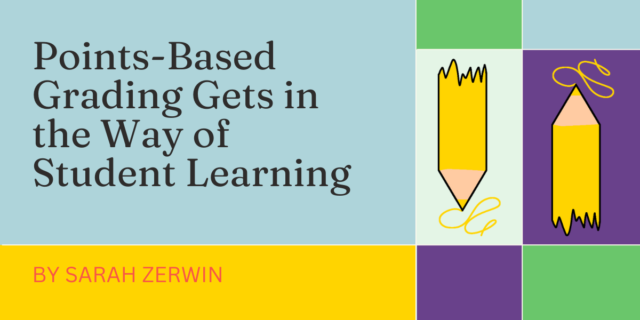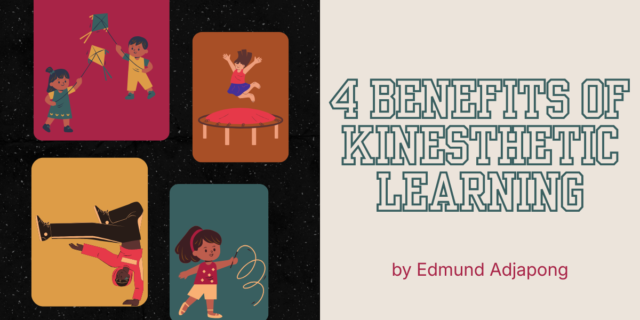
One of the rites of passage of the educator has to be decorating the classroom. In my first year I printed and laminated a poster that I hung behind my desk. It’s hung in the various classrooms that I’ve been assigned ever since…and it remains one of the few things that I’ve ever laminated. Featured on the now-faded pink construction paper are the words of Paulo Friere, “If the structure does not permit dialogue, then the structure must be changed.”
The poster often blends into the tapestry of student artwork that covers my walls, but whenever I have a lesson or day when things don’t “click,” there’s Paulo looking at me in his woolen sweater, reminding me why.
When we use dialogue as a tool in the classroom we can feel the rhythm of school life. The rhythm starts with relationships of reciprocity: we listen, we respond and we synthesize. When we act in this manner, we model a dialogic style of learning that can drive inquiry, develop communication, and bring a living element to classroom learning.
The questions and ideas that we put into the classroom can be met with listening ears, responded to, added to and reinterpreted with background knowledge and created into new meaning. New meaning created together with and between learners and teachers is the magic that we now call into existence in the classroom. This is the heart of the progressive education: the process of creating something together that was not there before.
Of course this can feel elusive because so many of the structures in place can be obstacles. The moment would not be the same with different people; it is dependent on the preceding moments that the class has experienced together. Dialogue within the classroom is an expression of the experiences of the individuals who are coming together in the classroom, their hopes, fears and dreams.
Developing structures and strategies for dialogue can take time–and what works in your classroom is dependent on you and your students. What works with one class can fall flat in another and that’s okay–it’s a chance to learn about the class and what they need to keep trying and keep developing. In fact, trying to sustain dialogue, struggling, and then making adjustments is a kind of meta-dialogue itself. In comparison, the absence of dialogue in the classroom produces a one directional flow of information and instruction.
Mock Trials
What I've learned about structuring dialogue is that adding structure can create a sense of safety, especially as feelings of risk and uncertainty grow. This rule can be applied in the sense of establishing protocols, such as creating common expectations for the tone of the conversation, setting a clear amount of time for each person to talk or through providing predictable patterns for the dialogue. There are some great free resources for structuring dialogue on Facing History and also on the SERPA, which was a project of Harvard Professor Catherine Snow.
Mock trials are a playful, yet structured way that you can introduce students to dialogue. I often set up trials by exploring several different points of view for a given problem. First, think about 3-5 key vocab words that are essential to the problem that you would like students to use. Usually, I’ll have students do a simple definition and drawing for the vocabulary. Next, we dig into the content, read, and hold some smaller discussions that involve thinking about the content and using the vocab. Lastly, we break up into different viewpoints and put the central question to trial. Recently, we used SERPA’s content around the question: Were the Pharaoh’s oppressive leaders?
Using this question, I break the class into teams of prosecutors and defense lawyers. The defense lawyers will defend one of the Pharaoh’s actions and the prosecutors will try to show that their pharaoh was guilty of being oppressive. Usually I’ll have a student play the role of the judge and provide them with a script to facilitate the various arguments. We also have a jury where students carefully weigh each case before coming to a verdict. All of the class take notes during the proceedings and then write up their own opinions based on the arguments.
We’ve used this kind of format to take on all sorts of questions over the years. You can see marked growth in the student’s ability to verbally reason their points, to analyze facts, and also to facilitate dialogue between peers through the use of mock trials. Moreover, using highly structured formats allows teachers and students to reduce the uncertainty that can come with getting started with dialogue.
Once we see that young people can sustain discussion and the level of fun and success that they can have with it, the more we’re willing to try out other methods of dialogue. We also become more apt to decrease the structure and try alternatives.


